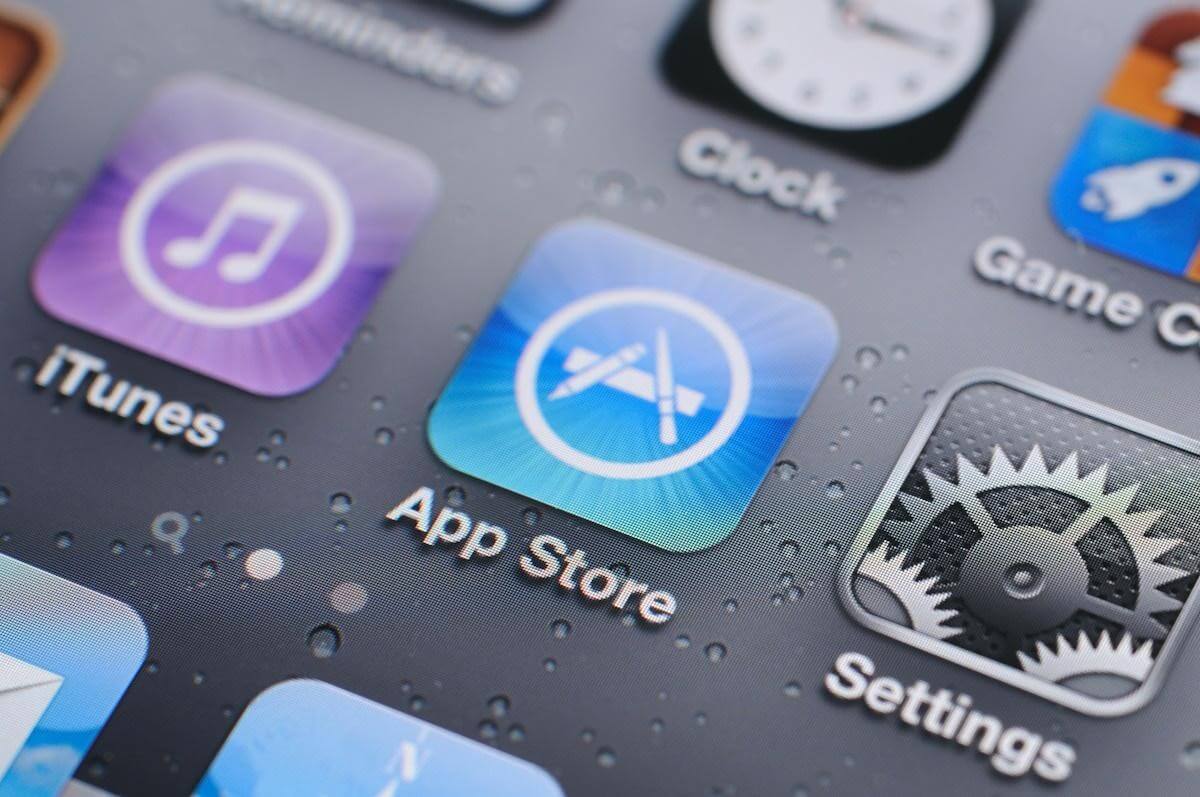In today’s digital age, the app industry is booming. With millions of mobile applications available across various platforms, innovators and app developers are constantly seeking ways to protect their digital assets. One of the most pressing questions they face is: “Can you patent an app?” Let’s delve into this topic and provide some clarity for tech entrepreneurs.
Can You Patent an App?
The short answer is yes, you can patent an app. However, the process is not as straightforward as it might seem. Patenting an app revolves around intellectual property law, specifically utility patents. When we talk about patenting an app, we’re not just referring to the code but the underlying method or process that the app employs. The United States Patent and Trademark Office (USPTO) grants patents to inventors who have created a new, non-obvious, and useful process, machine, or composition of matter. In the context of mobile apps, this often pertains to the unique functionality or method the app provides.
Mobile App Idea
Having a mobile app idea is just the beginning. While ideas themselves cannot be patented, the way they are executed can be. If your app idea offers a novel solution or a unique method that hasn’t been done before, it might be eligible for a patent. It’s essential to conduct a thorough patent search to ensure no existing patents cover your app’s concept. This search process will help determine the novelty of your app idea and its patent eligibility.
Patent Search and Its Importance
Before diving into the patent application, it’s crucial to conduct a thorough patent search. This search process involves reviewing existing patents to ensure that your mobile app idea hasn’t already been patented. The patent search process can be intricate, involving databases like the United States Patent and Trademark Office and the World Intellectual Property Organization. By identifying similar patents or prior art, you can tailor your application to highlight your app’s unique features and increase its chances of approval.
Mobile App Patent
When it comes to mobile app patents, the focus is on the app’s unique functionality rather than its code. The patent office is interested in what the app does (its method or process) and how it does it. For instance, if you’ve developed an app with a groundbreaking graphical user interface or a novel way of processing data, these aspects can be patented. It’s crucial to work with patent attorneys who can help draft a formal patent claim that clearly defines the boundaries of your invention.
Utility Patent vs. Provisional Patent: What's the Difference?
When it comes to patenting an app, understanding the difference between a utility patent and a provisional patent is essential. A utility patent, often the go-to for mobile apps, protects the app’s functionality and processes for up to 20 years. On the other hand, a provisional patent serves as a placeholder, giving you a “patent pending” status for a year. This period allows you to refine your app, test the market, or seek investors before committing to the more rigorous non-provisional patent application.
Provisional Patent Application
Before diving into the full patent application process, many inventors opt for a provisional patent application. This is a preliminary step that allows inventors to establish an official filing date for their invention without undergoing the entire examination process. A provisional application provides a 12-month window for the inventor to file a non-provisional patent application. It’s a cost-effective way to secure a place in line at the patent office while giving inventors additional time to refine their app or secure funding.
Provisional Patent for an App
A provisional patent is a temporary measure that offers protection for a year. It’s a placeholder that allows inventors to use the term “patent pending” on their invention. While it doesn’t grant the same rights as a full patent, it provides inventors with the opportunity to test the market, seek investors, or further develop their app. After the 12-month period, inventors must decide whether to proceed with a non-provisional patent application or let the provisional patent lapse.
It’s essential to differentiate between what’s considered a mere abstract idea (which isn’t patentable) and a specific, tangible method or process (which is patentable). For instance, a simple to-do list app might not be patentable if it employs standard methods of data entry and display. However, if the same app uses a unique method of prioritizing tasks based on AI-driven insights, that method might be patent eligible.
Consulting with a Patent Attorney
Navigating the patent application process can be complex, making the role of patent attorneys invaluable. These professionals specialize in intellectual property law and can guide you through the intricacies of patent applications. From drafting claims that clearly define your app’s unique features to responding to patent examiner queries, an experienced patent attorney can be the difference between approval and rejection.
Conclusion
In conclusion, while the journey to patent an app may involve several steps, but it can be a powerful tool for tech entrepreneurs looking to safeguard their innovations. By understanding the patent process and seeking guidance from an experienced patent attorney, app inventors of all kinds can navigate the intellectual property landscape with confidence. Whether you’re at the ideation stage or have a fully developed app, considering patent protection early on can pave the way for your app’s success in the competitive digital marketplace.
Warning & Disclaimer: The pages, articles, and comments on michaelmeyerlaw.com do not constitute legal advice, nor do they create any attorney-client relationship. The articles published express the personal opinions and views of the author as of the time of publication.




